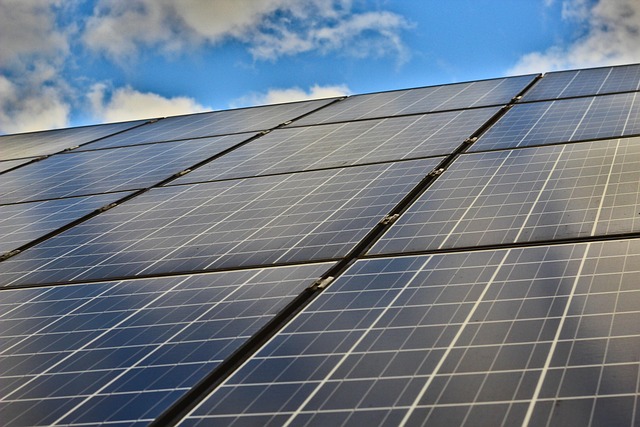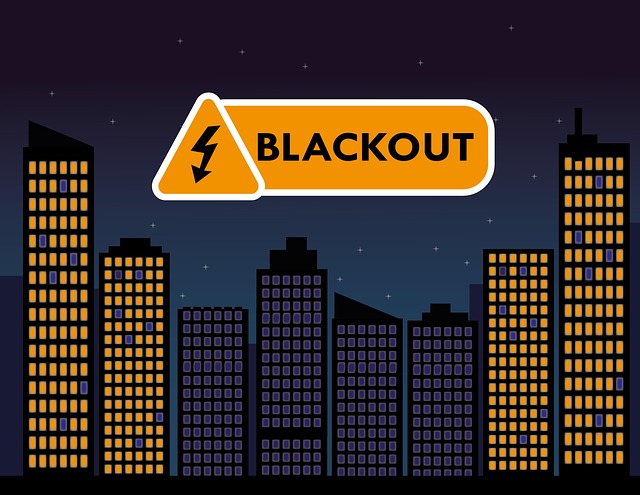Green Energy Revolution: How It’s Changing Communities
The world is undergoing a significant transformation as the need for sustainable and renewable energy sources grows. The transition from conventional fossil fuels to green energy is not merely an environmental necessity but a revolution that is reshaping communities globally. Communities are transitioning to advanced energy solutions, promoting sustainability and resilience while fostering local economic growth. This article delves into the essence of the green energy revolution and highlights its impact on communities.
The Green Energy Landscape
Green energy refers to power derived from natural sources that are continuously replenished, such as solar, wind, geothermal, and hydroelectric energy. Unlike fossil fuels, which release significant pollutants and contribute to climate change, green energy provides a much cleaner alternative, reducing greenhouse gas emissions and environmental degradation.
As global awareness regarding climate change and environmental preservation increases, governments, businesses, and communities are pivoting towards sustainable energy solutions. This shift is driven by factors such as public demand for cleaner air, the urgent need to combat climate change, and technological advances that make renewable resources more accessible and affordable.
Economic Opportunities and Job Creation
One of the most significant impacts of the green energy revolution is the generation of new economic opportunities and job prospects within various communities. The renewable energy sector has been a robust job creator, often outpacing traditional fossil fuel jobs. According to the International Renewable Energy Agency (IRENA), over 11 million people were employed in the renewable energy sector worldwide by 2018, with numbers expected to rise further.
Communities embracing green energy initiatives are reaping the benefits of job creation in fields such as solar panel installation, wind turbine maintenance, energy auditing, and sustainable agriculture. Local businesses involved in the green energy supply chain also thrive as they provide products and services essential for installing and maintaining renewable energy systems. This burgeoning job market enables communities to transition from energy consumers to energy producers, fostering a sense of ownership and empowerment.
Building Resilient Communities
Green energy plays a crucial role in building resilient communities capable of withstanding economic and environmental challenges. By investing in local energy resources, communities reduce their reliance on external energy suppliers, making them less vulnerable to price fluctuations and supply chain disruptions.
Local energy production, such as solar panels on rooftops or community wind farms, fosters energy independence. This decentralization can become especially vital during natural disasters when traditional power grids may fail. For instance, after Hurricane Sandy devastated parts of New York and New Jersey in 2012, many communities turned to microgrids powered by renewable energy sources, allowing them to restore power more rapidly and sustainably.
Moreover, green energy initiatives often promote cooperative models, encouraging community members to contribute actively to their energy solutions. Such collaborations instill a sense of agency, fostering social cohesion across neighborhoods and promoting civic participation.
Environmental and Health Benefits
Transitioning to renewable energy significantly impacts the environment and public health, with communities at the forefront of this transformation enjoying cleaner air and healthier ecosystems. Conventional energy sources emit pollutants that contribute to respiratory diseases and other health issues. In stark contrast, green energy sources produce little to no harmful emissions, leading to improved air quality and public health outcomes.
For instance, cities that have integrated solar and wind energy into their infrastructure have reported decreased asthma rates and other pollution-related health problems. A shift towards green energy also supports biodiversity by minimizing the harmful impact of fossil fuel extraction and promoting sustainable land use practices. Community-based green initiatives, such as urban gardens powered by solar energy, not only contribute to food security but also enhance biodiversity by creating healthy habitats for local flora and fauna.
Community Engagement and Awareness
The green energy revolution has sparked increased community engagement and environmental awareness among residents. As communities undertake projects focused on renewable energy, they often find themselves at the center of educational initiatives, community outreach programs, and advocacy efforts aimed at promoting sustainable practices.
Community workshops and seminars that educate residents about energy efficiency, solar installation, and sustainable farming techniques encourage collective participation in green initiatives. As residents become more informed and engaged, they often turn their attention to other pressing environmental issues, fostering a culture of sustainability that extends beyond energy consumption.
Additionally, initiatives that involve local schools and organizations promote green energy awareness among younger generations, instilling values of environmental stewardship and sustainable living from an early age. This generational shift in consciousness ensures that the green energy revolution is not just a fleeting trend but a long-term commitment to sustainable living in local communities.
Challenges and Considerations
While the green energy revolution appears promising, it is not without challenges. Communities striving to embrace renewable energy sources may face barriers such as financial constraints, policy hurdles, and socio-political opposition. Initial investments in renewable energy infrastructure can be significant, deterring some communities from pursuing these initiatives.
Moreover, the transition must also address social equity concerns. Not all communities have equal access to renewable energy technologies, often leaving economically disadvantaged regions behind. Advocates for social justice emphasize the need for policies that ensure equitable access to renewable energy, highlighting the importance of making green technology accessible to all, particularly low-income and marginalized communities.
Success Stories from Around the World
Globally, many communities are leading the way toward a green energy future, serving as models for others. In Germany, the “Energiewende” (Energy Transition) initiative has empowered local municipalities to transition to renewable energy sources. Towns like Freiburg have become pioneers in solar energy, leveraging community engagement to shift towards sustainable practices and reducing carbon footprints.
In the United States, cities such as San Diego have committed to running on 100% renewable energy by 2035. The initiative encourages local stakeholders to collaborate in reducing emissions, implementing energy efficiency programs, and investing in green technologies. Such ambitious goals inspire other cities to develop similar frameworks for energy transition and sustainability.
Moreover, in developing countries, communities like those in Bangladesh have embraced solar technology to enhance energy access in rural areas. Micro-solar units have transformed lives by providing electricity to homes that previously relied on kerosene lighting, improving education and economic opportunities for families.
The Road Ahead: Embracing a Sustainable Future
The green energy revolution is changing the landscape of communities worldwide, catalyzing economic growth, social awareness, and environmental stewardship. As society grapples with the challenges of climate change and environmental degradation, the shift towards greener energy solutions emerges as a beacon of hope for building sustainable, resilient communities.
To maximize the benefits of this revolution, it is essential that communities advocate for supportive policies, investment in renewable technologies, and educational initiatives that empower residents. When communities come together to harness the power of green energy, they invest in a healthier, more sustainable future for themselves and generations to come.
As we move forward in this green energy revolution, the collaboration between government, businesses, and community members will be critical in shaping the energy landscape. By embracing renewable energy solutions and fostering a sustainable mindset, communities can lead the charge in creating a world that is not only environmentally responsible but also economically vibrant and socially equitable.



